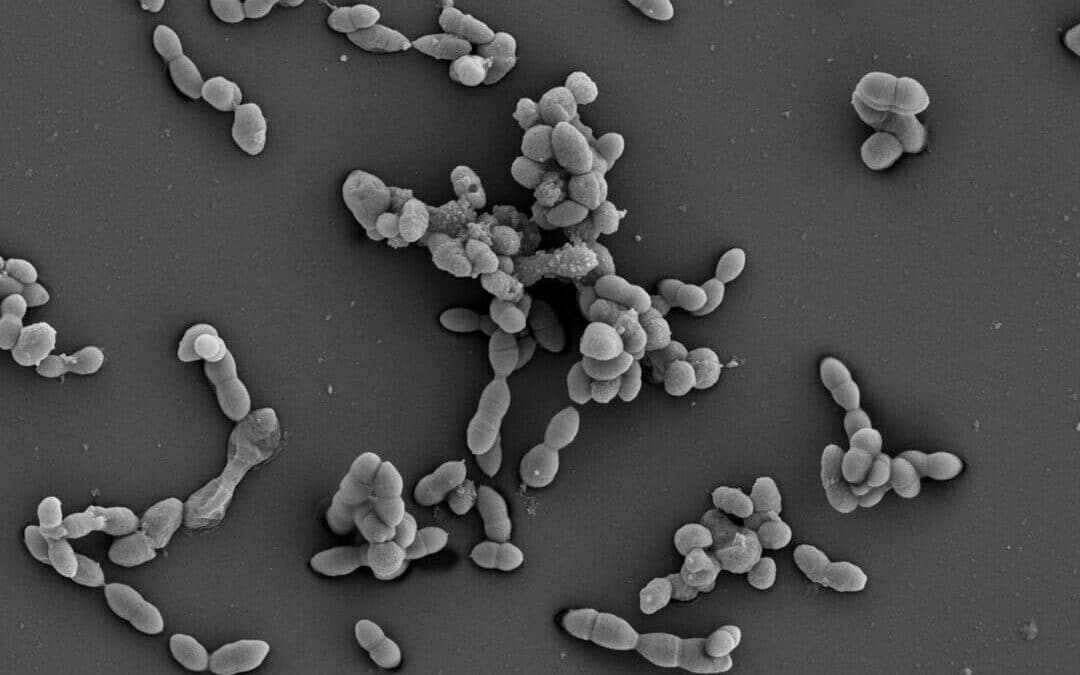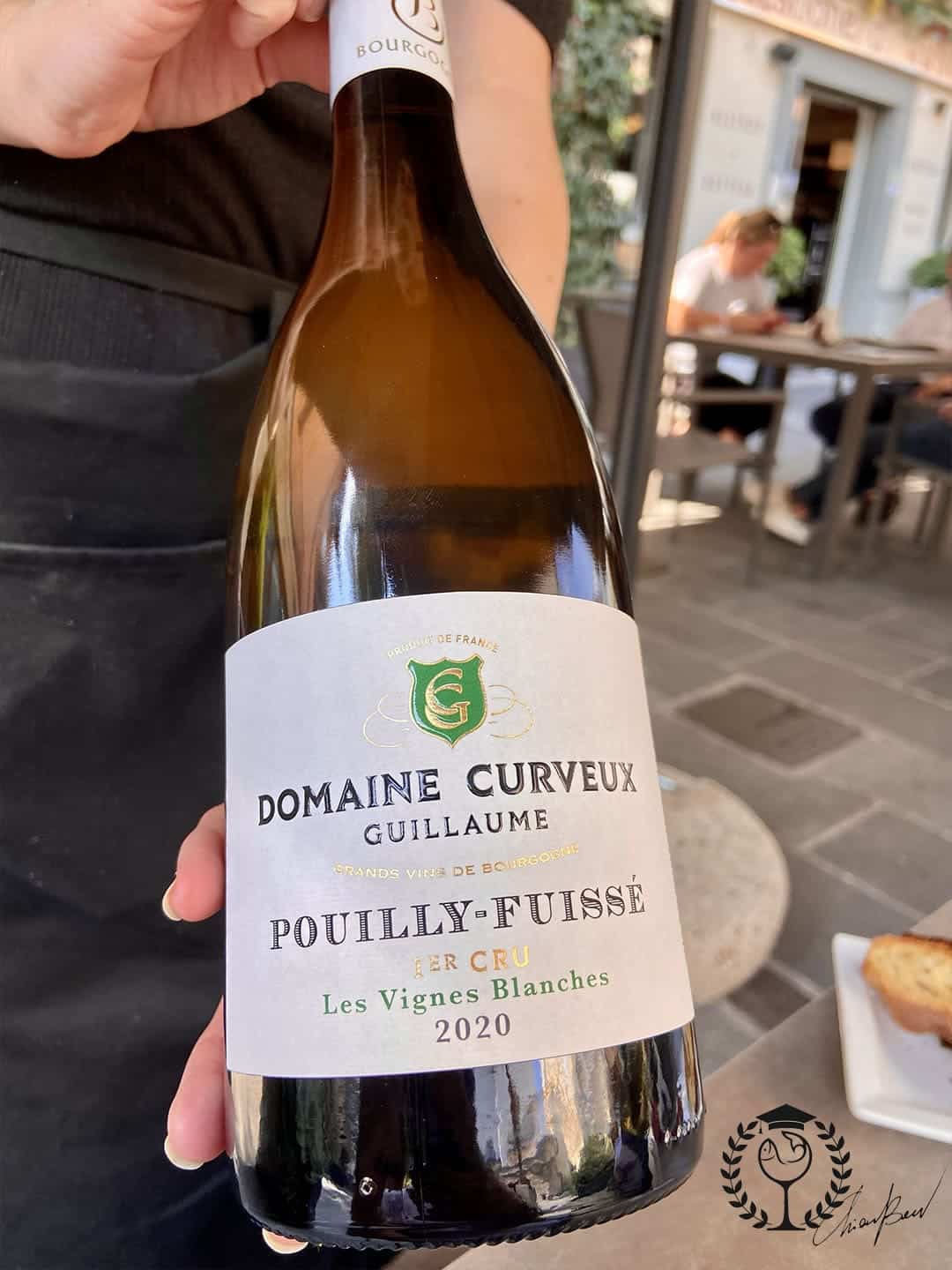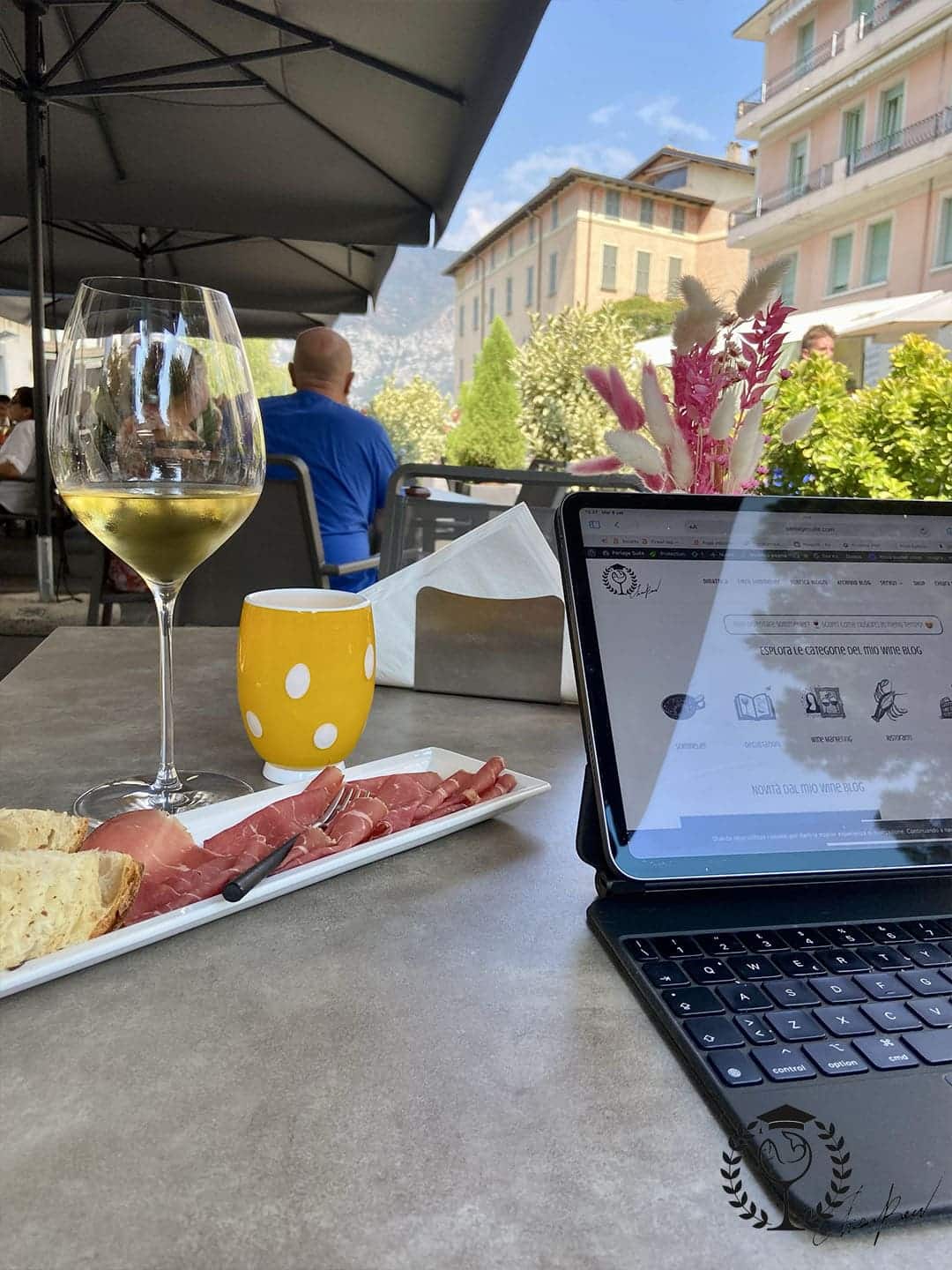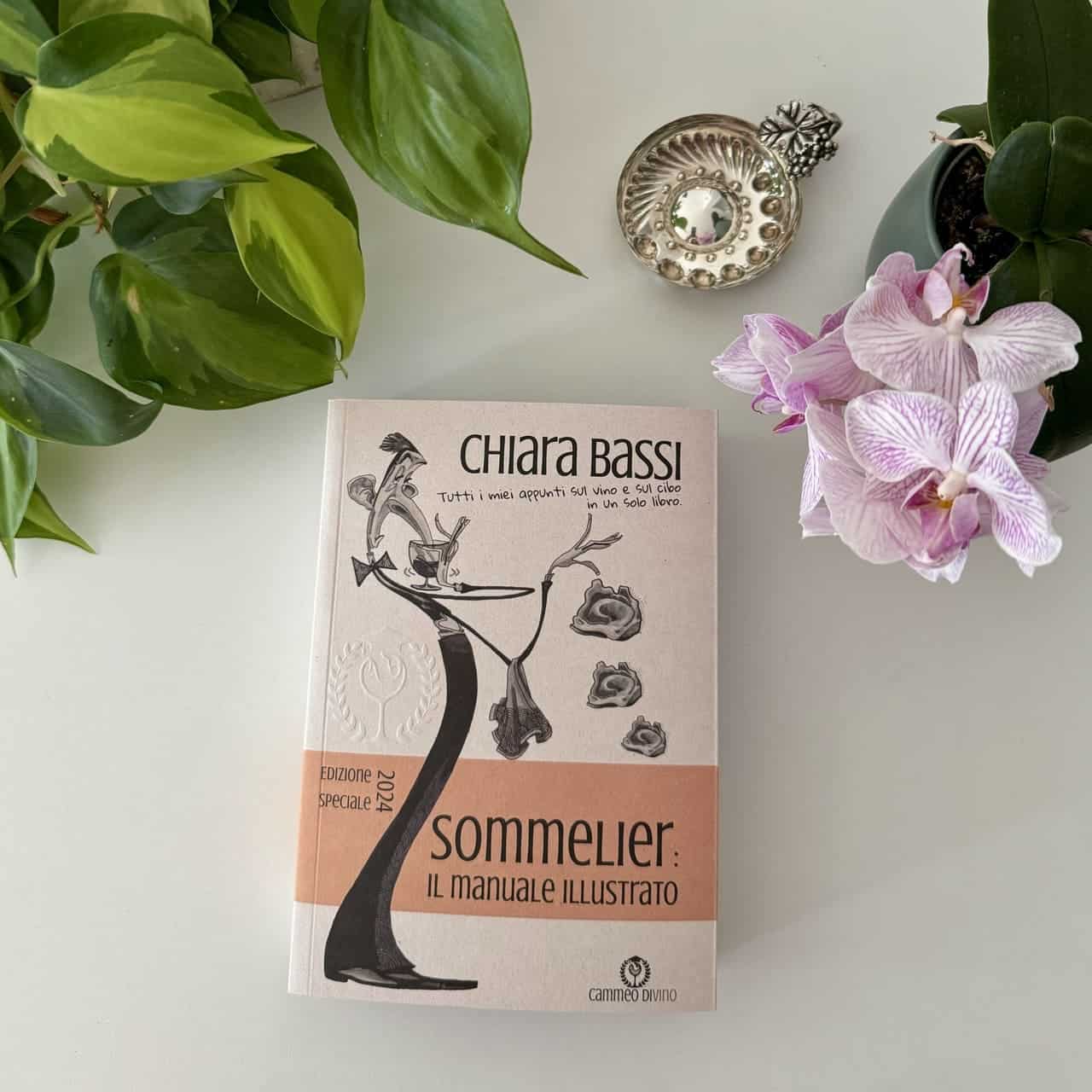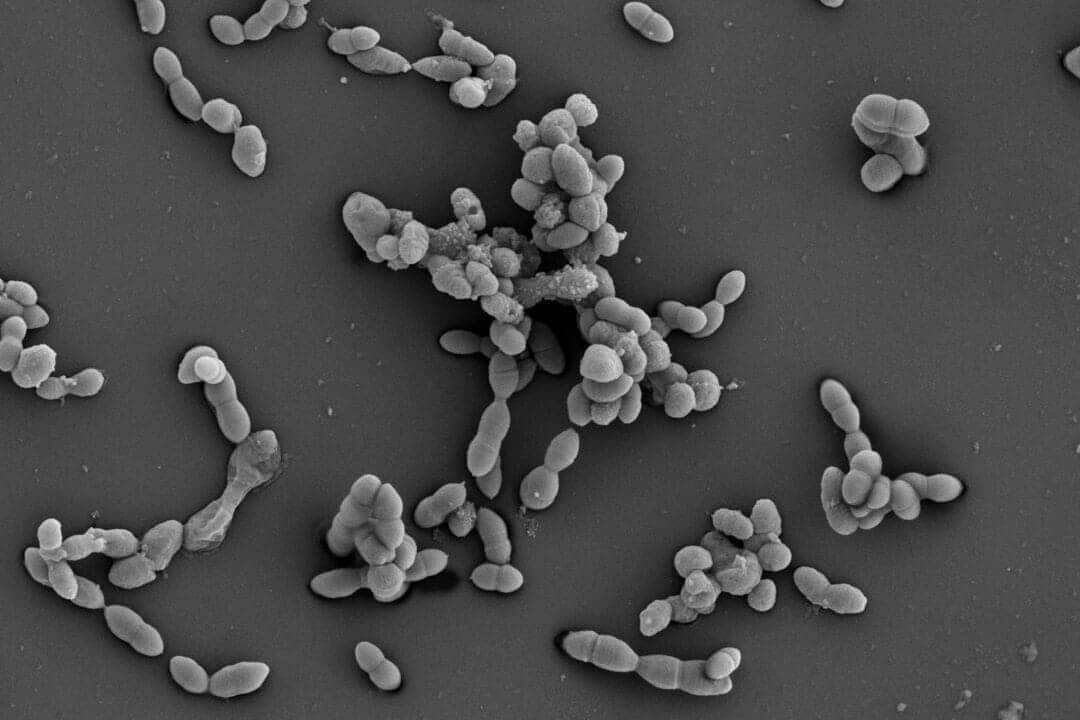It occurred to me to write this article dedicated to the malolactic fermentation because, while waiting to take my husband's car to the service, I went to 'Questione di gusto' a wine bistro in Iseo and I'm drinking a knockout chardonnay from Domaine Curveux... which has certainly undergone malolactic fermentation. So, apart from the fact that by now I am spoiled and drink almost only Burgundy chardonnay wines, I want to say thank you to places like this that have white wines of this level on tap and depart from the rampant mediocrity. Before talking about didactics, I want to share with you a tasting of this wine: I'd love you to taste it, it's a real treat!
Pouilly-Fuissé 1er Cru 2020 Domaine Curveux, Burgundy
It is an intense and brilliant golden yellow, consistent. The nose is distinctive, elegant and broad. Notes of slightly salted butter, walnut, acacia flowers, candied pear, apricot and vanilla follow one another. In the mouth it is soft, enveloping, savoury, consistent and with great balance. Its notes of butter and apricot persist for a long time... and a bottle ends up that you don't even notice. In the mouth, it tells of a vineyard that certainly has a few decades on its shoulders and of vines that have their roots in limestone soil. For me, it has undergone malolactic fermentation, but I have found no information about this.
Fermentations in wine
Alcoholic fermentation is indispensable for obtaining wine, but there are two other types of fermentation:
- malolactic fermentationtakes place after alcoholic fermentation for most red wines and for important white wines;
- intracellular (alcoholic) fermentationtakes place before the 'proper' alcoholic fermentation for young wines.
Malolactic fermentation
Malolactic fermentation (also called malolactic conversion since it is not a true fermentation in the metabolically correct sense of the term) is a characteristic fermentation event following alcoholic fermentation. Lactic acid bacteria, due to the temperature rise (18-20 °C) that is usually created in the spring, trigger it, bringing the wine to maturity. Selected cultures of certain bacteria are increasingly being used (Pediococcus, Lactobacillus e Leuconostoc) capable of transforming a molecule of malic acid into a molecule of lactic acid + a molecule of carbon dioxide.
You can now subscribe to my newsletter or scroll down the page to continue reading the article!
Malolactic fermentation: effects on white wines and red wines
The consequence is that the wine becomes softer and more balanced. This is because the lactic acid is sweeter and more delicate than the malic acid, which is more sour. After malolactic fermentation, the wine is more persistent and full-bodied due to a higher concentration of polysaccharides. Its aroma is less marked by herbaceous tones and takes on nuances of butter, nuts, vanilla, spices, leather and pleasant roasted notes.
You can now buy my book Sommelier: the illustrated manual or scroll down the page to continue reading the article!
Book "Sommelier: the Illustrated Manual" Special Edition 2024
All my notes on wine and food in one book.
€ 38,00 VAT included!
In stock (can be backordered)
Malolactic fermentation: how is it triggered?
For this type of fermentation to begin, these four conditions must be met simultaneously:
- the pH of the wine must not be excessively low (3.2-3.4), i.e. the wine must not be excessively acidic;
- the concentration of sulphur dioxide must be limited;
- the ethyl alcohol must be less than 15% vol;
- the temperature must be above 20 °C.
Traditionally it is performed for red wines, but nowadays it has also been introduced in important white wines, endowed with great smoothness, perhaps fermented or aged in barriques. It is not performed in ready-to-drink white wines, which base their main characteristics on acidity.
As always, I hope you enjoyed this article and found it useful.
Cheers 🍷
Chiara
P.S. If you want to learn more about other wines of Domaine Curveux I invite you to visit their website!

